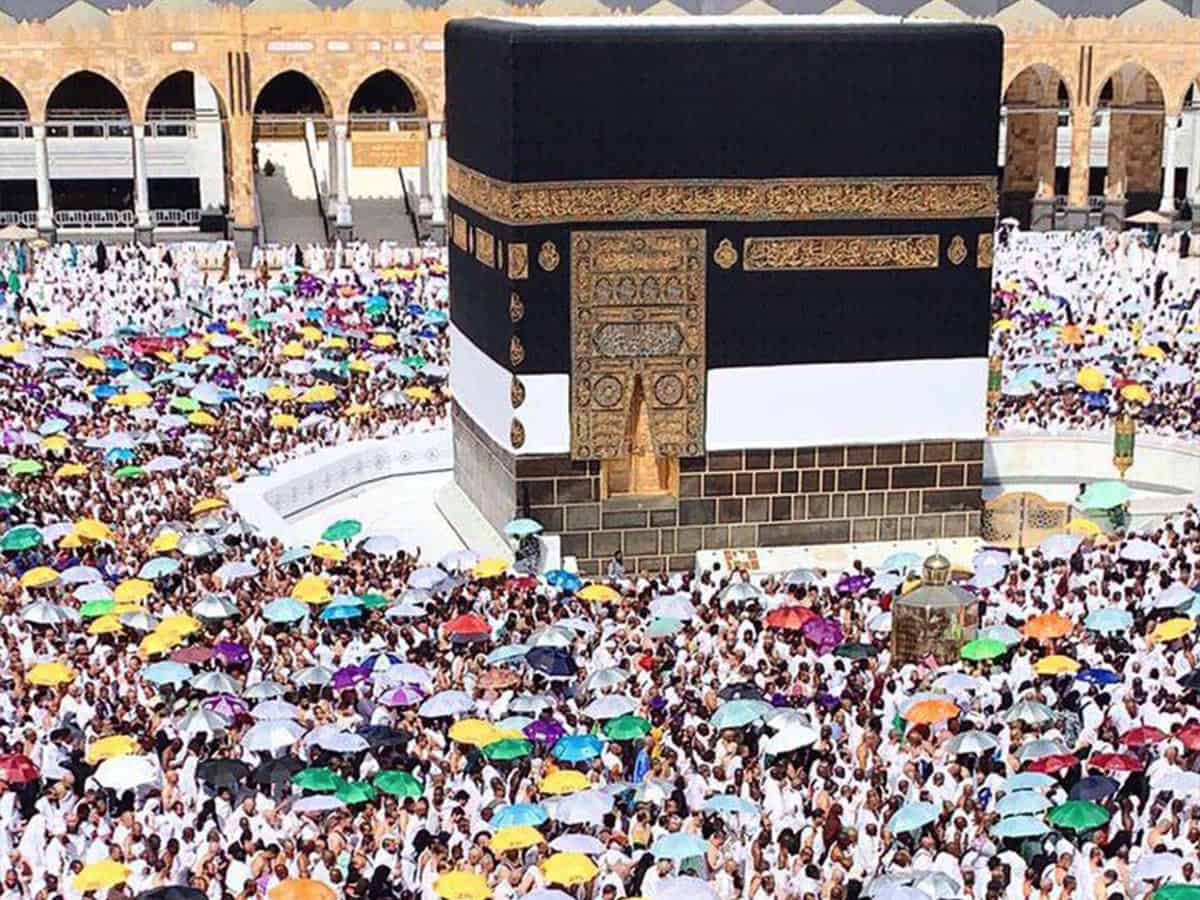
Riyadh: For the first time, the annual ritual of changing Kiswah (Ghilaf-e-Kaaba) will take place on the first of Muharram, marking the beginning of the new Islamic year.
The new Kiswah is generally draped on the Holy Kaaba on 9 Zul Hijjah (i.e) the Day of Arafat every year.
Abdulhamid bin Said Al Maliki, the deputy general president for affairs at the King Abdulaziz Complex for Manufacturing the Kiswah al Kaaba, said the new covering would be draped over the Kaaba on the first day of Muharram instead of the ninth day of Dhu Al Hijjah, marking the beginning of the new Islamic year.
In preparation for the Haj season every year, the authorities in Makkah raised the Kiswah (Ghilaf e Kaaba), the cloth that drapes the Kaaba by three metres, and covered the raised part with a two-metre-wide white cotton cloth (Ihram) on all four sides, an annual custom.
It is carried out as a precautionary measure to protect the Kiswah because pilgrims who touch or hold on to it during tawaf (circumambulation of the Kaaba) can damage the fine material in the process.
Changes through ages
The Kiswah has seen regular changes through the ages. It was covered once in red, once in white, once in green and at present in black brocade.
The 14m tall garment has been prepared from pure silk fibre, embellished by gold and silver-plated thread and motifs illustrating verses from the Holy Quran.
In the upper third of it, there is a belt 95 centimetres wide and 47 metres long. Under the belt, there are Qur’anic verses written, each of them within a separate frame, and in the intervals between them there is a shape of a lamp on which is written “O live, O Qayyum,” “Oh, Most Merciful, O Most Merciful.” “Praise be to God, Lord of the Worlds.”
An approximate — million riyals have been spent on the preparation of the Ghilaf-e-Kaaba by dozens of weaving experts at a special factory exclusively devoted to the manufacture of the Kiswah.



